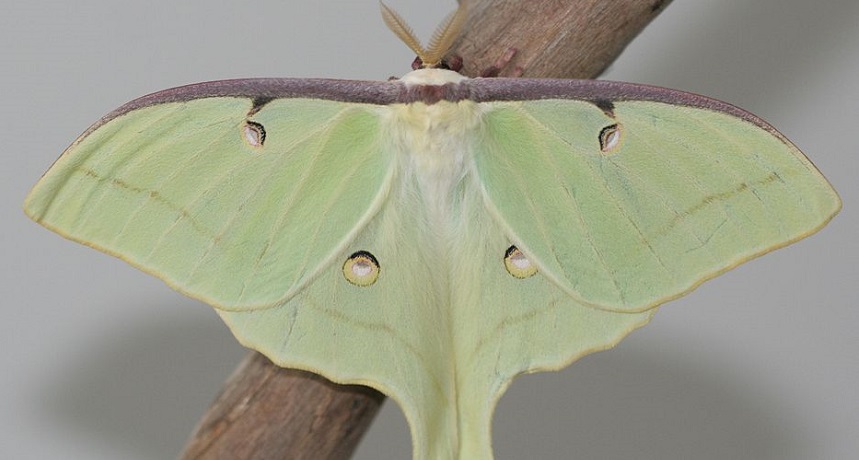Keep the lights on for National Moth Week
From July 19 to 27, stay out late and photograph moths to help scientists discover new species

Not all moths are boring and brown. This luna moth, found all over the United States, is one North America’s biggest. See if you can spot one for National Moth Week.
Megan McCarty/Wikimedia Commons







